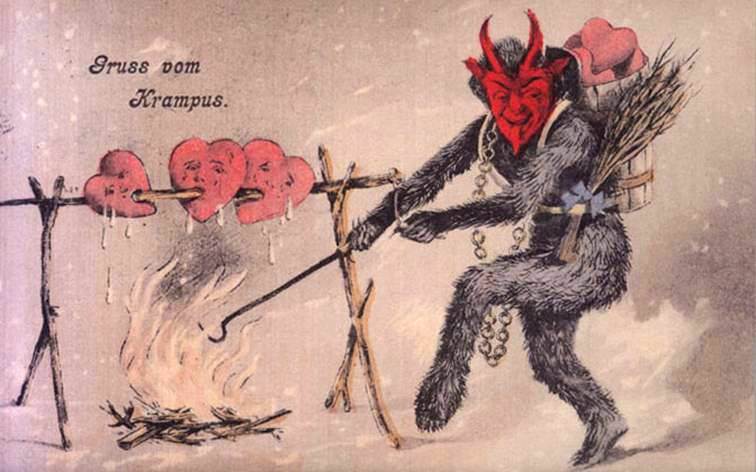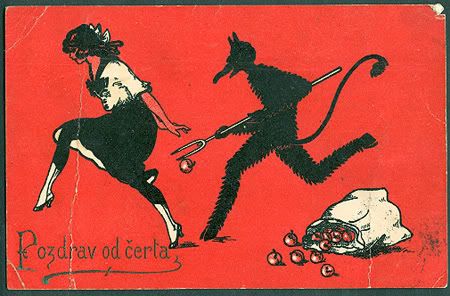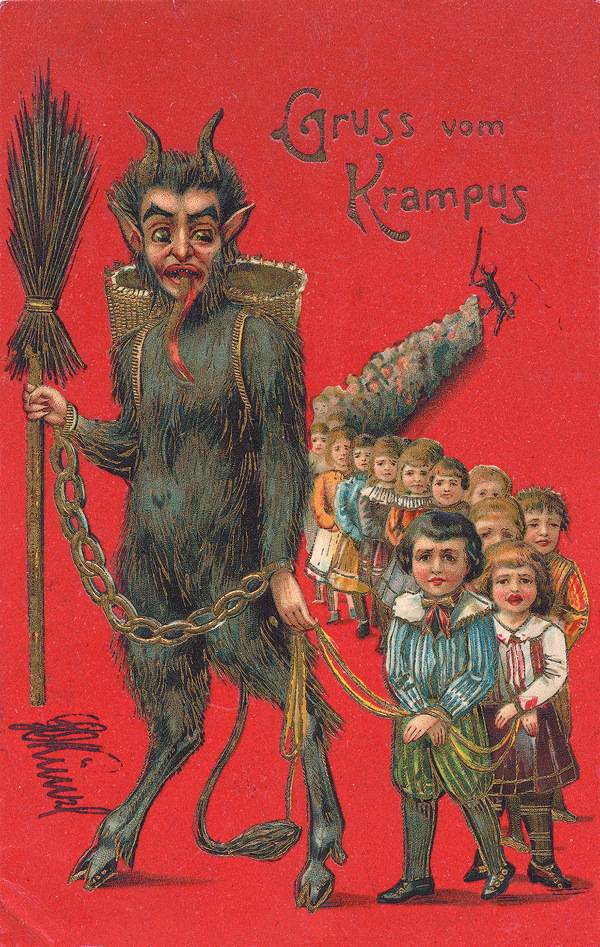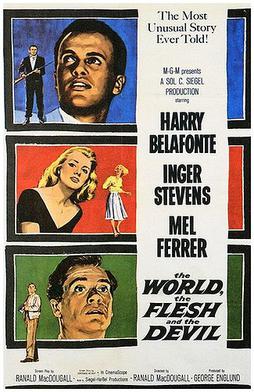 |
| From the works of Paolo Soleri |
Previously we took a look at urban-steading as an alternative to bugging out in a civilization collapsing event (read : zombie apocalypse).
Whether you are pro or con on the notion of urban survival, everyone recognizes that rural, low population areas are the best when it comes to riding out some sort of catastrophe.
A lot of video and print(digital or traditional) has been spent discussing the value of compound A vs bunker B. While those architectural forms are well suited to immediate defense, no one should be contemplating living in a bunker for the rest of their lives, or their grandchildrens'.
Thus the question becomes, what modal of living is well suited for reforming some semblance of community? Not just a community of survivalist, digging in their heels at the end of history, but what is the modal for a new history, for the translation period. The period when the horror of the now, becomes the dim oral history of the future.
In terms of societal arrangement it should be uncontroversial to posit that any post disaster political organization will have strong Communitarian features (I.e. not official socialism, in part, because money would be largely irrelevant).
 These Communitarian features will have a direct impact on the architecture which results. In the same way that totalitarianism results in hilariously strident neoclassical architecture (see Nazis, all). Communitarian principals in the name of survival will necessitate an architecture form which prioritizes collective survival.
These Communitarian features will have a direct impact on the architecture which results. In the same way that totalitarianism results in hilariously strident neoclassical architecture (see Nazis, all). Communitarian principals in the name of survival will necessitate an architecture form which prioritizes collective survival.For example, medieval architecture, castles, cathedrals, monasteries, all form the basis of defensive architecture. However these structures were built with the same intended time scale as modern day Preppers' bunkers and compounds. They are temporary reprieves from the temporary dangers of the world. They are not long term communities built with an eye to sustainability AND growth.
Nearly 1000 years ago, peoples native to the South Western United States made magnificent multi-modal structures that provided all the necessary functions of community, within a tight footprint. The Ancient Pueblo Peoples built vast, pre-planed structures that were the largest structures built in North America until the 19th Century.
With simple tools and materials (sandstone and wood) the Anasazi were able to produce 900 room mega structures complete with living quarters, religious meeting places and massive self-contained urban habitats.
 There is no technical reason why a determined community, say several hundred in size, could not replicate the architecture of the Anasazi. In fact, given the benefits of modern knowledge stores, the planning, construction and maintenance of a basic arcology should be within the capabilities of most groups. Combined with modern technology (cameras, computers, sensors), these low-tech arcology platforms could form the basic unit of safe defensible community.
There is no technical reason why a determined community, say several hundred in size, could not replicate the architecture of the Anasazi. In fact, given the benefits of modern knowledge stores, the planning, construction and maintenance of a basic arcology should be within the capabilities of most groups. Combined with modern technology (cameras, computers, sensors), these low-tech arcology platforms could form the basic unit of safe defensible community.
Solar power generation, reactors, and light manufacturing could all be housed within the structure, giving rise not only to defense, but community level sustainability.
Even without a massive catastrophe, the future of society might trend towards low-tech arcologies as the basic form of sustainable community. Increasing resource scarcity, combined with natural disasters which disrupt the normal flow of government services, could lead for like-minded communities to build low- and mid- tech arcologies to weather what the future holds, together.


































